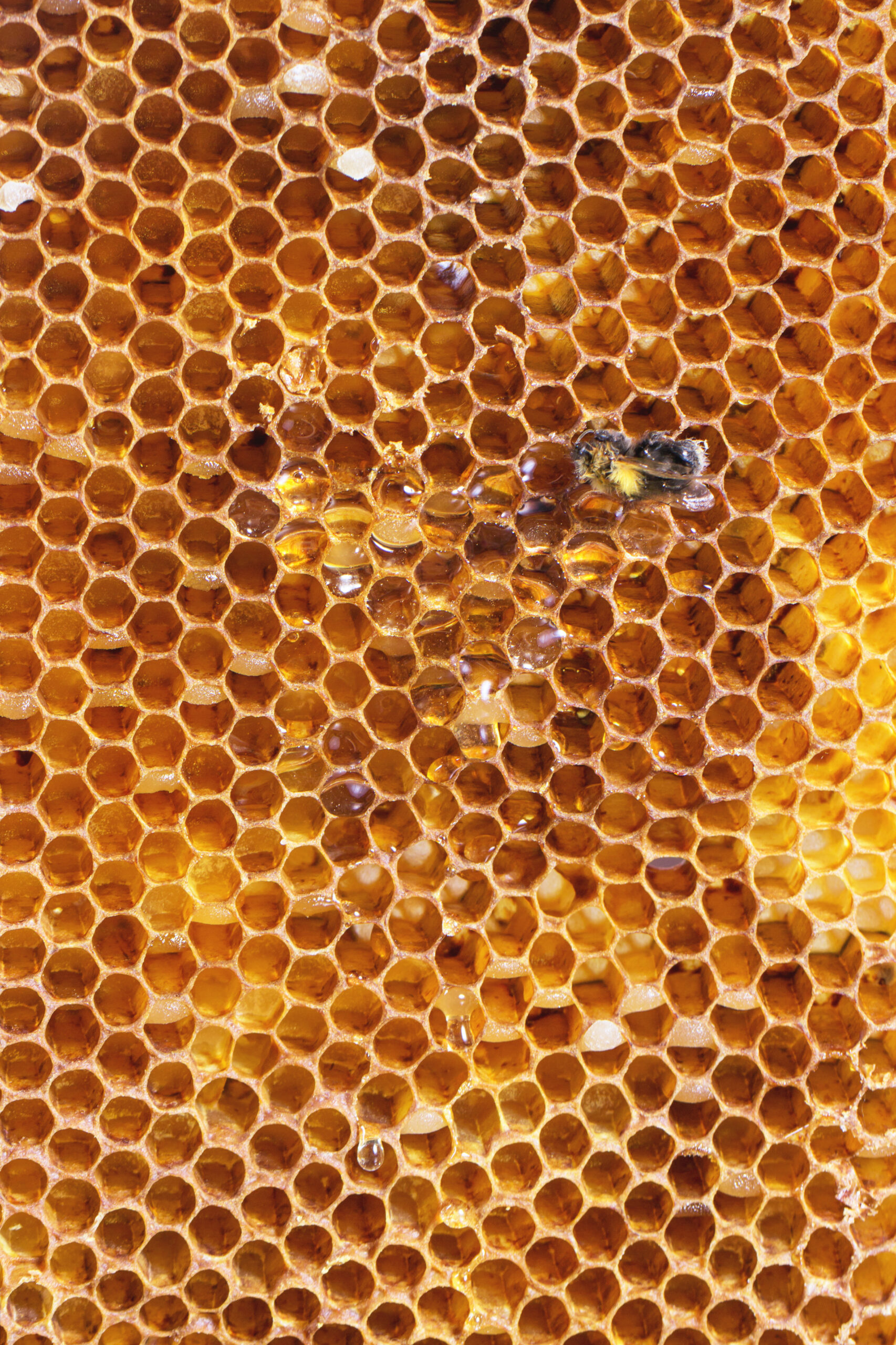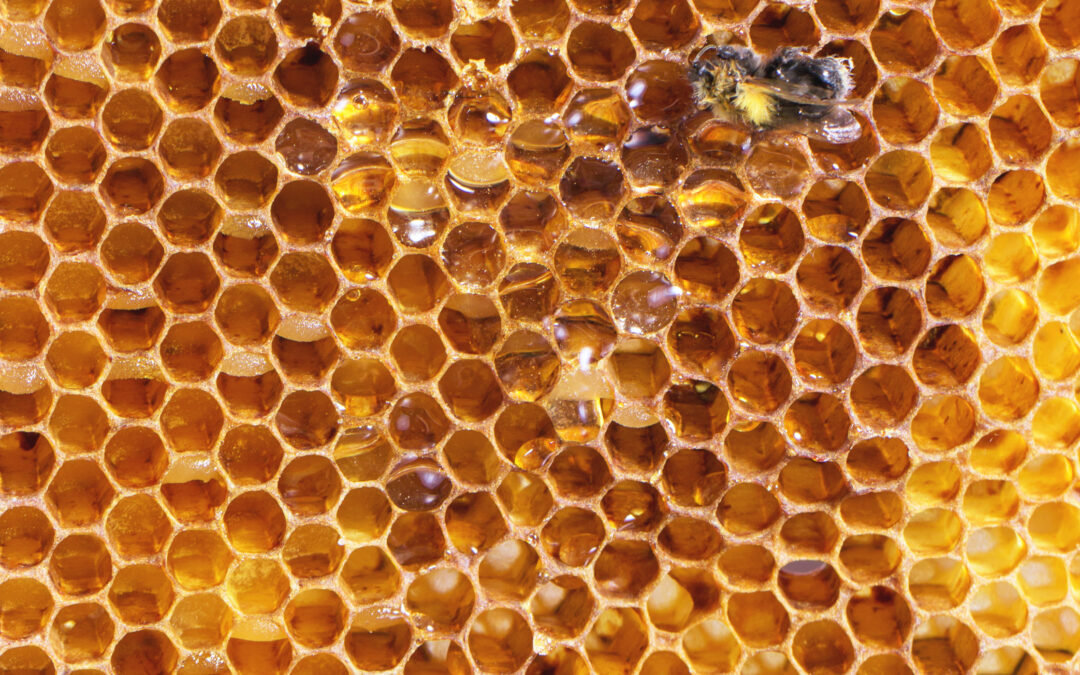Are you interested in becoming a beekeeper? Do you want to learn more about the fascinating world of honeybees and how you can set up your own home apiary? If so, this guide is for you. In this article, we’ll cover everything from the basics of honeybees to sustainable beekeeping practices. Let’s get started!
Introduction to Beekeeping
Beekeeping is an ancient practice that dates back thousands of years. It involves keeping honeybees in managed colonies in order to harvest their honey and other products such as wax, pollen, and propolis. Beekeeping has become increasingly popular in recent years due to concerns over declining bee populations and the importance of pollinators in our ecosystem.
The Basics of Honeybees
Honeybees are social insects that live in large colonies consisting of workers (female bees), drones (male bees), and a queen bee. The worker bees perform all of the tasks necessary for colony survival including gathering nectar and pollen, caring for the young, and maintaining the hive. Drones are responsible for mating with the queen bee, while the queen bee lays eggs and controls the overall health of the colony.
Setting up a Home Apiary
Before setting up your home apiary, there are several things to consider. First, make sure you have enough space for your beehives and equipment. You will also need to check local laws and regulations regarding beekeeping. Once you have determined that beekeeping is legal in your area, it’s time to choose the right location for your apiary. Ideally, your apiary should be located in a sunny spot with easy access to water and away from high traffic areas.
Choosing the Right Beehive
There are many different types of beehives available, but the most common type used by beginners is the Langstroth hive. This type of hive consists of stacked boxes that allow the bees to build comb and store honey. Other types of hives include top-bar hives and Warre hives.
Beekeeper Equipment and Supplies
In addition to your beehives, you will need various pieces of equipment and supplies to keep your bees healthy and productive. Some essential items include protective clothing such as gloves, veil, and jacket; smoker; hive tools; and frames for your beehives. You may also want to invest in books or online resources to help you learn more about beekeeping.

Collecting and Harvesting Honey
Once your bees have established themselves and begun producing honey, it’s time to start collecting and harvesting it. There are several methods for harvesting honey, but one of the most common is extracting it using a centrifuge. Before extraction, you will need to remove the honeycomb from the hive and crush it to release the honey. After extraction, you can filter out any impurities before bottling and storing your delicious homegrown honey.
Common Bee Pests and Diseases
As a beekeeper, you will need to be aware of common pests and diseases that can affect your bees. Some of the most common pests include varroa mites, hive beetles, and wasps. Common diseases include American foulbrood, European foulbrood, and nosema. By monitoring your bees regularly and taking appropriate measures to control these pests and diseases, you can help ensure the health and longevity of your colony.
Winterizing Your Beehive
During the winter months when food sources are scarce, it’s important to take steps to prepare your bees for the cold weather ahead. One way to do this is by feeding them sugar syrup during late fall and early winter. You can also wrap your hives in insulation material to help retain heat and prevent condensation from forming inside the hive.
Sustainable Beekeeping Practices
As a beekeeper, you have a responsibility to promote sustainability and conservation efforts. Some ways to achieve this include planting pollinator-friendly plants near your apiary, avoiding the use of chemical treatments whenever possible, and practicing good management techniques such as regular hive inspections and swarm control.
FAQs about Beekeeping
What kind of flowers do bees like best?
Bees are attracted to a wide variety of flowering plants, but they tend to prefer those with bright colors and sweet fragrances. Some examples of bee-friendly plants include lavender, clover, and wildflowers.
How often do bees sting?
While bees generally try to avoid stinging humans, they may do so if they feel threatened or defensive. On average, a bee will only sting once before dying since its stinger remains embedded in the skin after use.
Can I eat my own honey?
Absolutely! Homegrown honey is not only delicious but also contains beneficial antioxidants and nutrients. However, it’s always a good idea to consult with your doctor first if you have any dietary restrictions or allergies.





